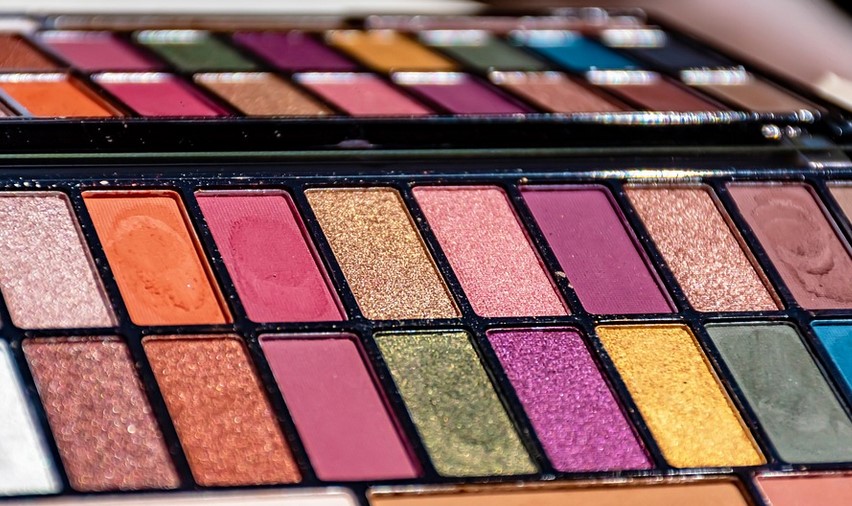The Importance of Proper Creaming
Creaming butter and sugar is an essential step in many baking recipes. It involves beating softened butter and sugar together until they are light and fluffy. This process is crucial because it creates air pockets in the mixture, which help to leaven the baked goods. Proper creaming also ensures that the sugar is evenly distributed throughout the batter, resulting in a more uniform texture.
Factors That Affect Creaming Time
The length of time needed to cream butter and sugar together can vary depending on several factors. The temperature of the butter is a critical factor. The butter should be softened but still cool to the touch. If it is too warm, it will not hold its shape and will not be able to trap air pockets effectively. The sugar used can also affect the creaming time. Granulated sugar will cream faster than powdered sugar because it is less dense.
How Long Should You Cream Butter and Sugar?
The general rule of thumb for creaming butter and sugar is to beat them together for 2-3 minutes. This will usually be enough time to achieve the desired light and fluffy texture. However, it is essential to pay attention to the appearance of the mixture rather than relying solely on the time. The mixture should be pale in color, and you should be able to see air pockets throughout.
What Happens If You Over-cream?
Over-creaming the butter and sugar mixture can lead to several problems. The batter may become too airy, which can result in a cake that is overly light and fragile. Over-creaming can also cause the butter to separate, resulting in a greasy and dense cake. It is essential to stop creaming as soon as the desired texture is achieved.
What Happens If You Under-cream?
Under-creaming the butter and sugar mixture can result in a cake that is too dense and heavy. The sugar may not be evenly distributed, leading to a cake that has pockets of sweetness. It is essential to cream the butter and sugar for at least 2-3 minutes to ensure that the mixture is well combined.
Tips for Creaming Butter and Sugar
Use the Right Tools
To cream butter and sugar effectively, you will need an electric mixer or a stand mixer. A hand mixer can also be used, but it may take longer to achieve the desired texture. It is essential to use a bowl that is large enough to accommodate the ingredients and allow room for air to be incorporated.
Soften the Butter Properly
The butter should be softened to room temperature before creaming. It should be pliable but still cool to the touch. If the butter is too warm, it will not be able to hold air pockets effectively.
Start Slow
Start by mixing the butter and sugar together on low speed. This will prevent the ingredients from flying out of the bowl and will also help to incorporate air into the mixture gradually.
Scrape the Bowl
During the creaming process, it is essential to scrape the bowl periodically to ensure that all the ingredients are well combined. Use a spatula to scrape the sides and bottom of the bowl.
Add Flavorings
If your recipe calls for flavorings such as vanilla extract or lemon zest, add them after you have creamed the butter and sugar together. This will ensure that they are evenly distributed throughout the batter.
Conclusion
Creaming butter and sugar together is an essential step in many baking recipes. It helps to leaven the baked goods and ensures that the sugar is evenly distributed throughout the batter. The general rule of thumb is to cream the butter and sugar together for 2-3 minutes, but it is essential to pay attention to the appearance of the mixture rather than relying solely on the time. Proper creaming can make the difference between a light and fluffy cake and a dense and heavy one.

